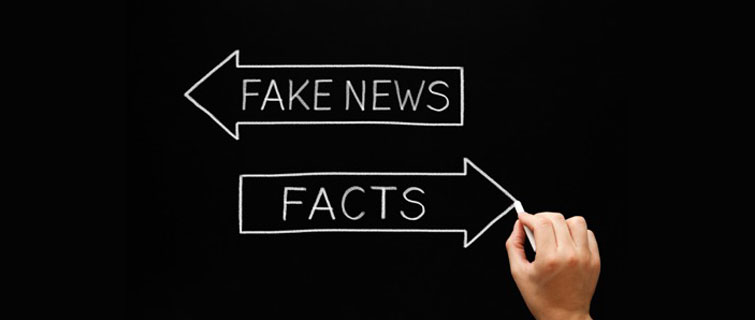
The photos alone were enough for a story, but Chad Day and his editor at the Arkansas Democrat-Gazette wanted to go further.
Acting on a tip, and later, a Freedom of Information Act (FOIA) request, Day obtained a variety of emails as well as 19 images from the Yell County Juvenile Detention Center. They were step-by-step photos of guards showing how to place youths in “The Wrap,” a restraining device in which their hands and feet were bound and immobilized, and—in some cases—their heads were put in a motorcycle helmet wrapped in duct tape so they could not see.
The Wrap was meant to be used only in extreme cases, such as when a youth became violent and at risk of harming himself or others. But Day heard that it was used far more routinely. After the Democrat-Gazette broke the story, the county sheriff prohibited its use and had it removed from the facility.
The story might have ended there, but Day, now an investigative reporter for the Associated Press in Washington, D.C., and an instructor in Georgetown University’s Master's in Journalism program, took it a step further. He filed another request under the state open records law for months of incident reports from the detention center.
Weeks later, he received more than 800 of them; then he used data-based reporting to sort and analyze the hand- and type-written forms. That led him to a chilling realization: the Wrap was routinely used for infractions as minor as throwing wet socks or flipping off a staff member. One youth even had a seizure and had to be taken to the hospital.
“It was clear there was a pattern of abuse,” Day said.
An ‘Essential Skill’
At Georgetown, Day and Jack Gillum, a senior reporter at ProPublica, teach a course called Data Reporting. The class begins with the basics of analyzing spreadsheets, then moves to computer coding and statistical analysis.
“We’ve kind of crossed the threshold now where it’s an essential skill for any reporter to have,” Day said, “because the world we’re reporting on is data-driven.”
Mention data journalism and many people think of the popular website FiveThirtyEight, which debuted in 2008 as a poll aggregator that predicts the results of upcoming elections. Today the website uses data analysis to branch out into a variety of subjects. Recently, for example, its homepage had a story called “Where Did all the Lopsided Super Bowls Go?”
In their work in Washington, Day and Gillum are involved in some of the most consequential stories in the country. At the Associated Press, Day covers the FBI investigation into Russian interference in the 2016 presidential election. In late 2017 he and two other reporters used data analysis and old-fashioned “shoe-leather reporting” to document how Russia launched a dogged phishing attack to steal emails from Democratic groups and Hillary Clinton’s campaign and—with the help of WikiLeaks and other players—release them to the public.
A ‘Shining Star’?
Gillum formerly worked as an investigative reporter for the AP, where, in 2017, he collaborated with Day and another reporter in a story confirming that a consulting firm headed by Paul Manafort, President Trump’s former campaign chairman, received at least $1.2 million from a pro-Russian political party in Ukraine in 2007 and 2009.
Gillum also worked for The Washington Post and USA Today, where in 2011 he teamed up with two other reporters on an exhaustive data journalism piece that challenged then-D.C. Schools Chancellor Michelle Rhee’s claims about impressive test score gains on her watch. Much of the report focused on the Crosby S. Noyes Education Campus—a turnaround school deemed a “shining star” by Rhee—and found unusually high wrong-to-right erasure rates on proficiency tests.
“We came across it because we were already doing a larger project on standardized testing” across the country, Gillum said.
More recently, Gillum and four other reporters looked into allegations by former Georgia Secretary of State Brian Kemp, who later became governor after winning a close race against Democrat Stacey Abrams. A spokesperson for Kemp said that on the morning of Sunday, Nov. 4, Democrats committed “possible cybercrimes” after claiming they found security problems on a state voter information website. The spokesperson denied that any vulnerabilities existed, “but in the evening hours of Sunday, as the political storm raged, ProPublica found state officials quietly rewriting the website’s computer code,” the story said.
Data journalism cannot take the place of traditional reporting, Day and Gillum said, but it can help reporters analyze data much quicker than in the past. And, at a time when President Trump and other critics accuse reporters of peddling “fake news,” careful data analysis can add critical evidence to what otherwise might be a “he said, she said” story.
“Numbers have been used in journalism—since journalism has existed,” says reporter Mona Chalabi on a 2015 Google News Video called “The Age of Insight: Telling Stories with Data.” Then a reporter for FiveThirtyEight, she now writes for The Guardian. “I think what’s different are the technologies that are available to analyze this data and also to convey that data to readers.”
